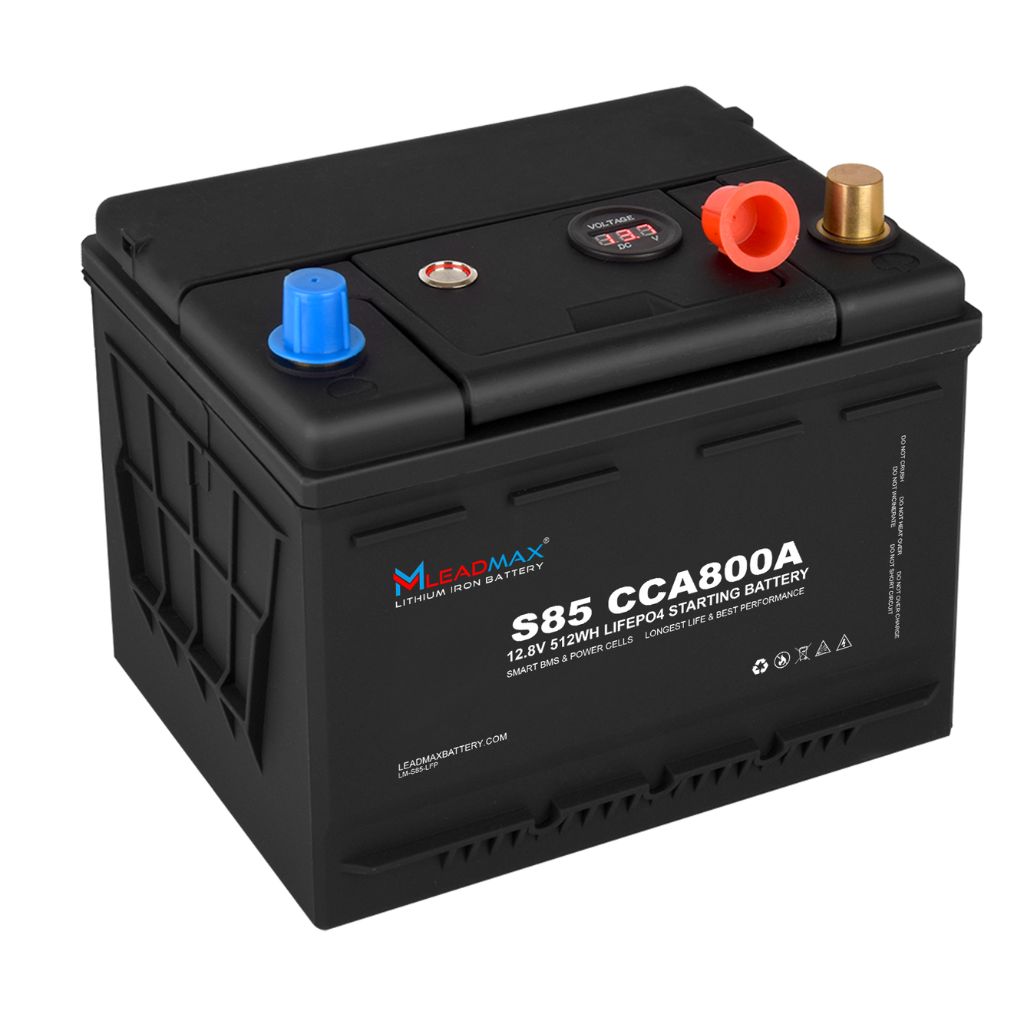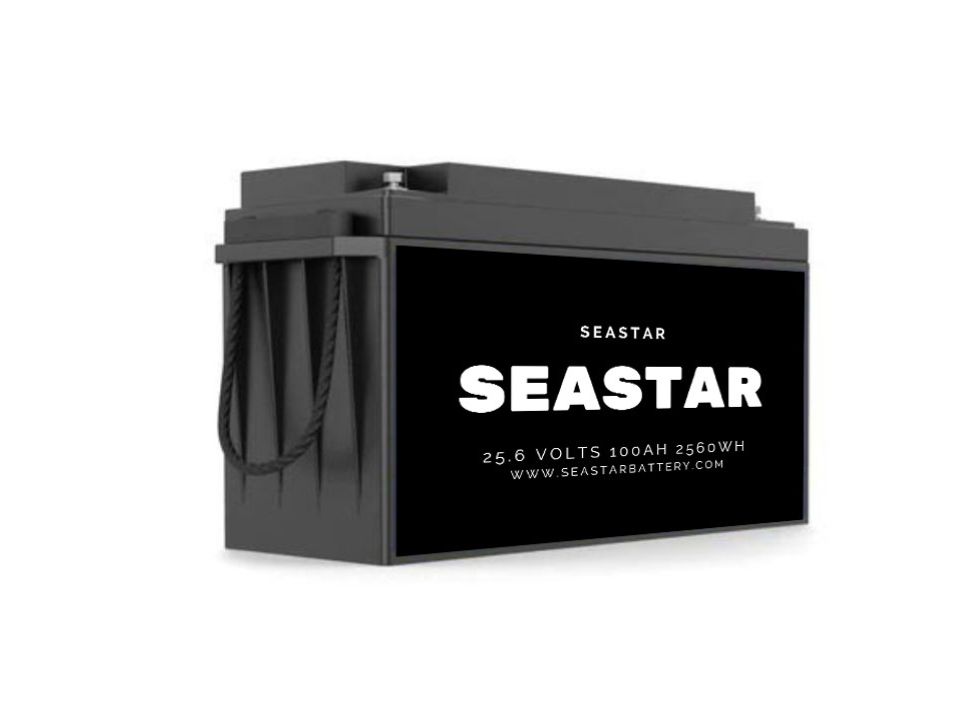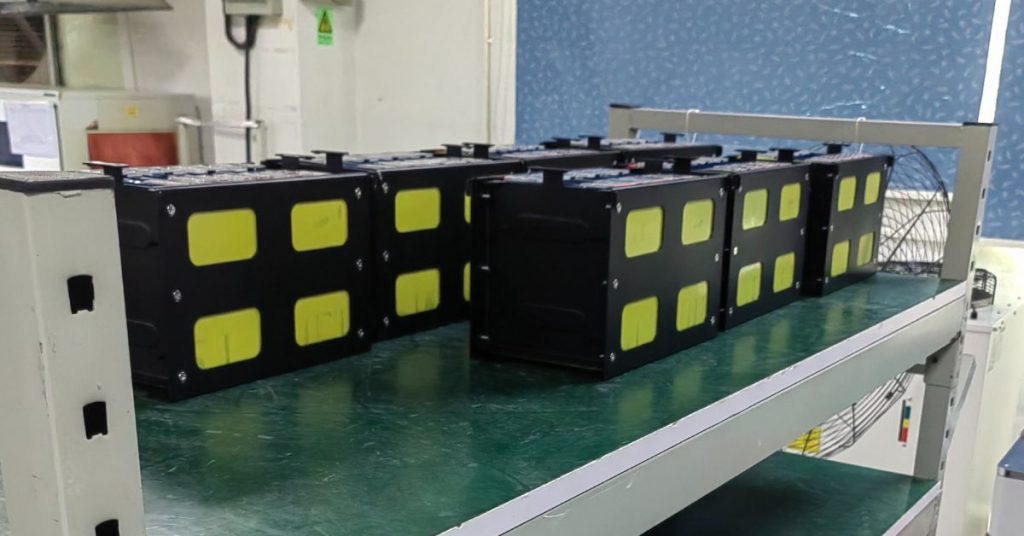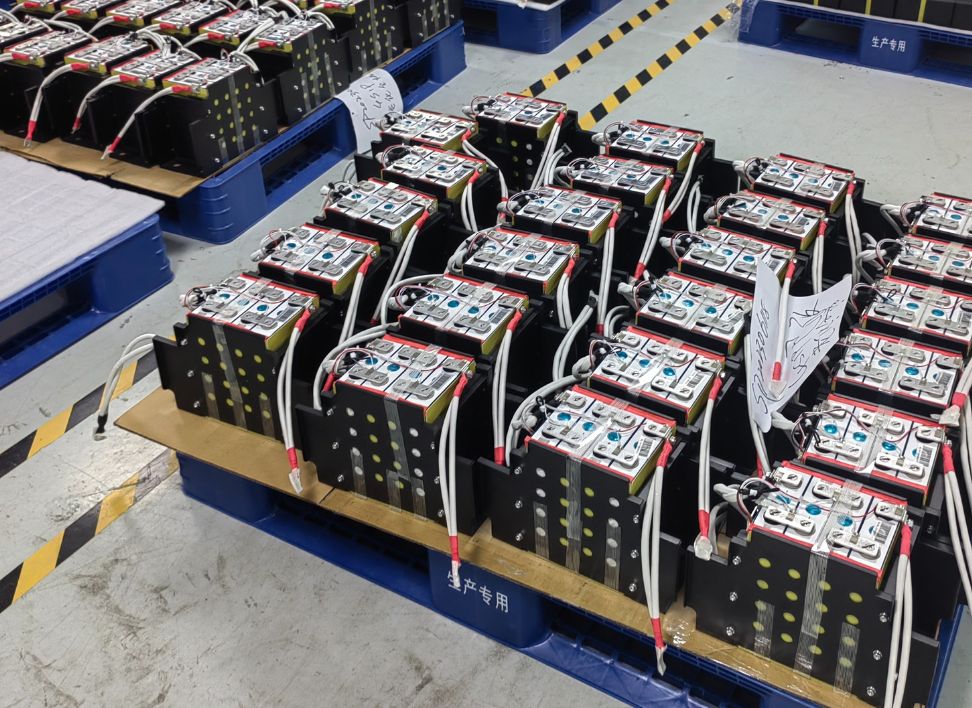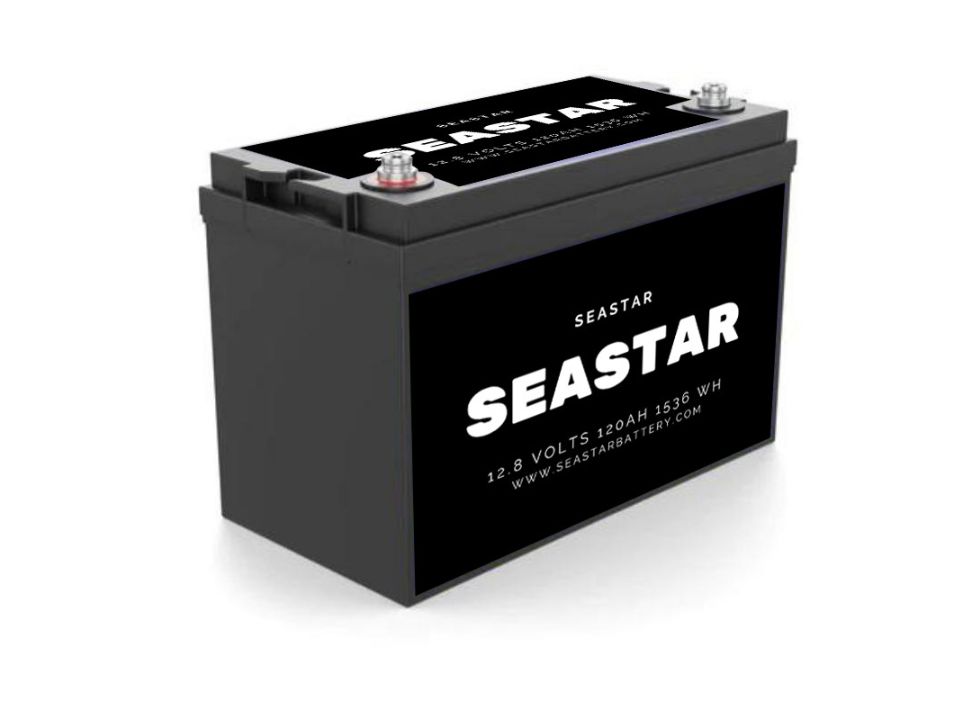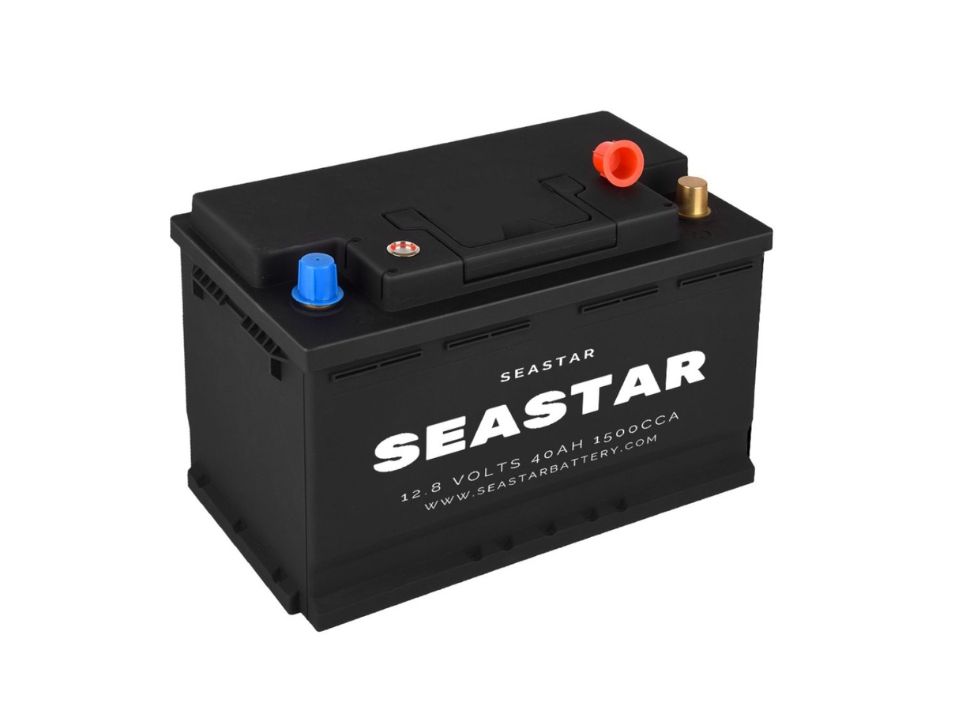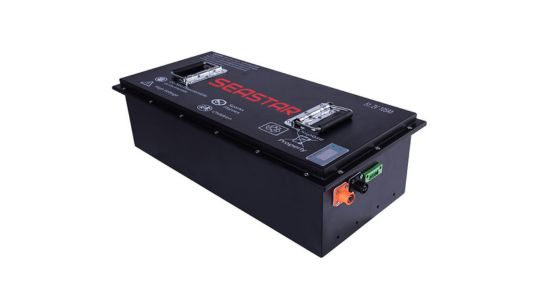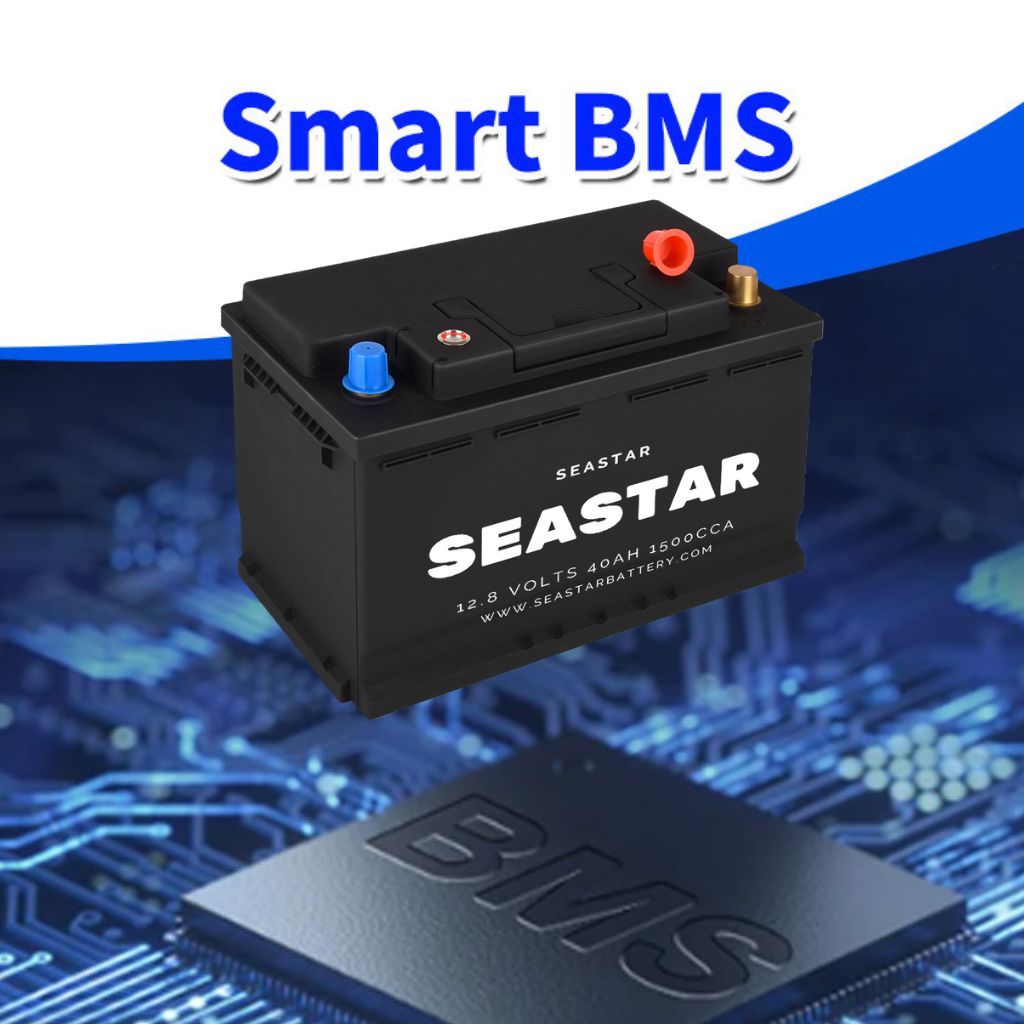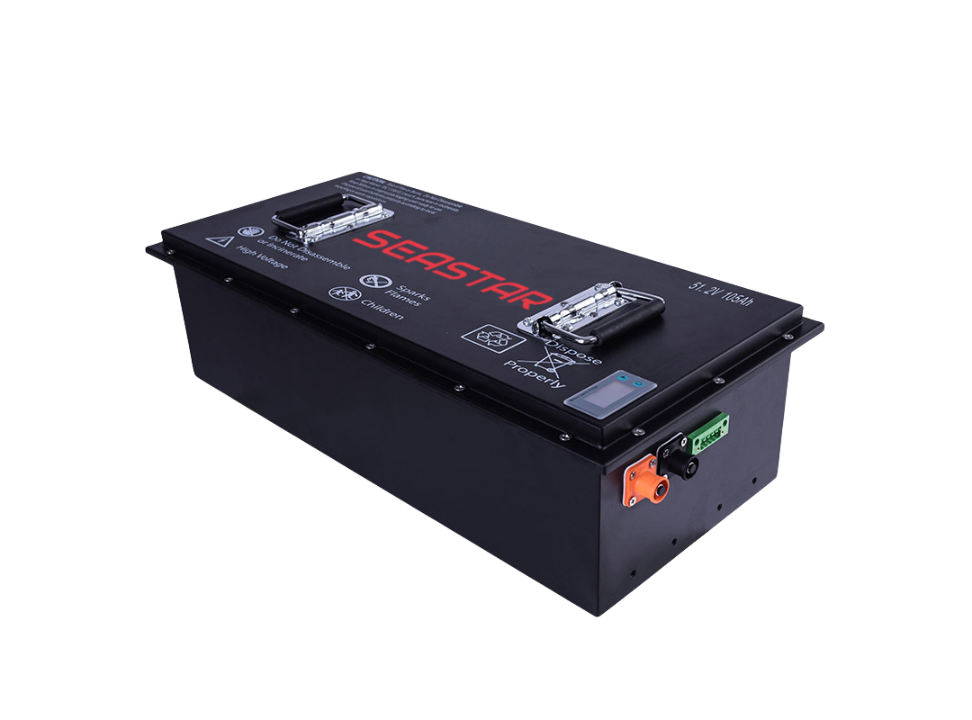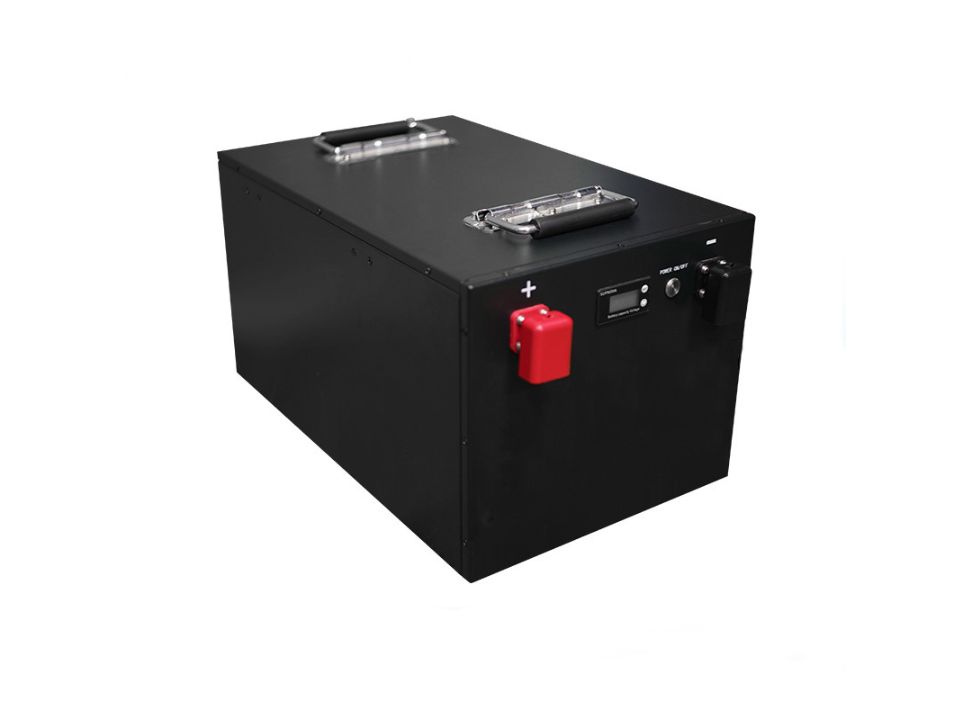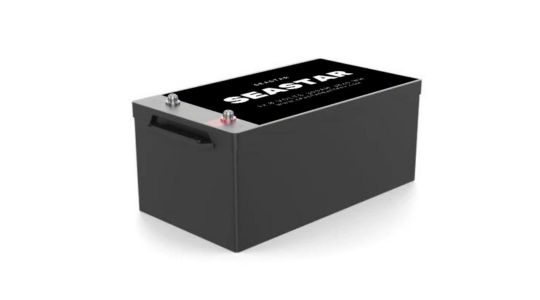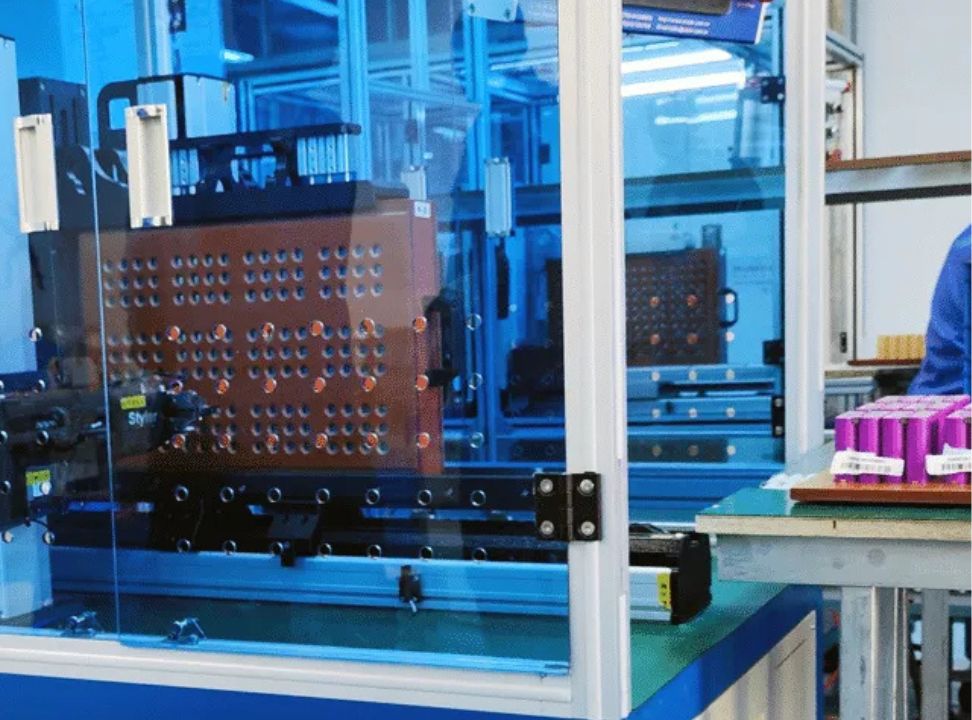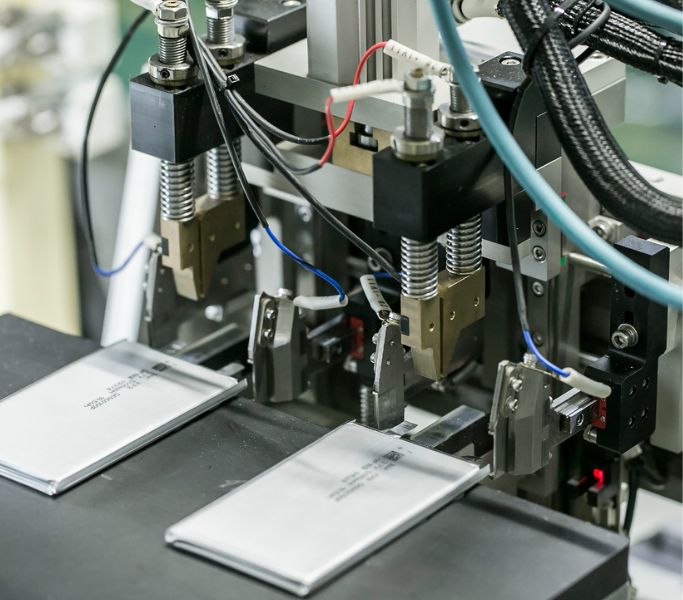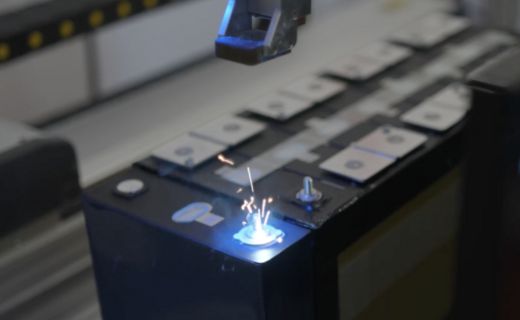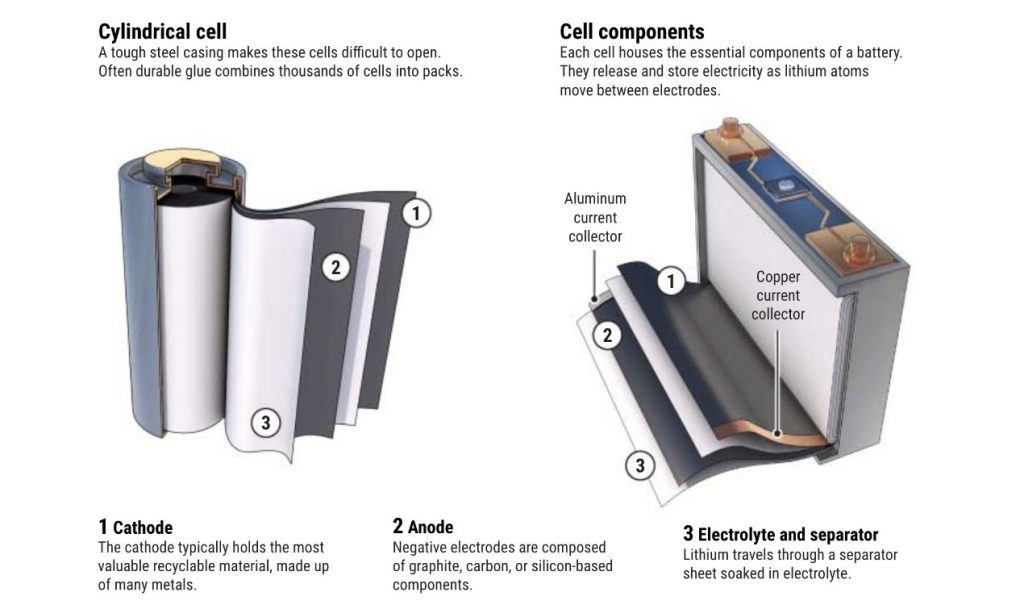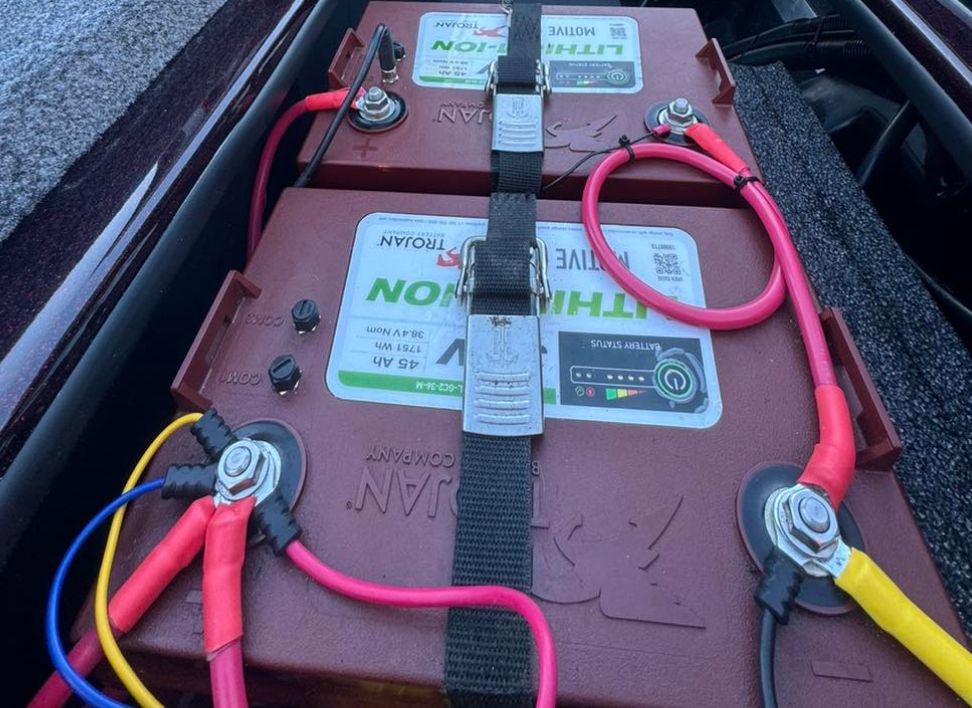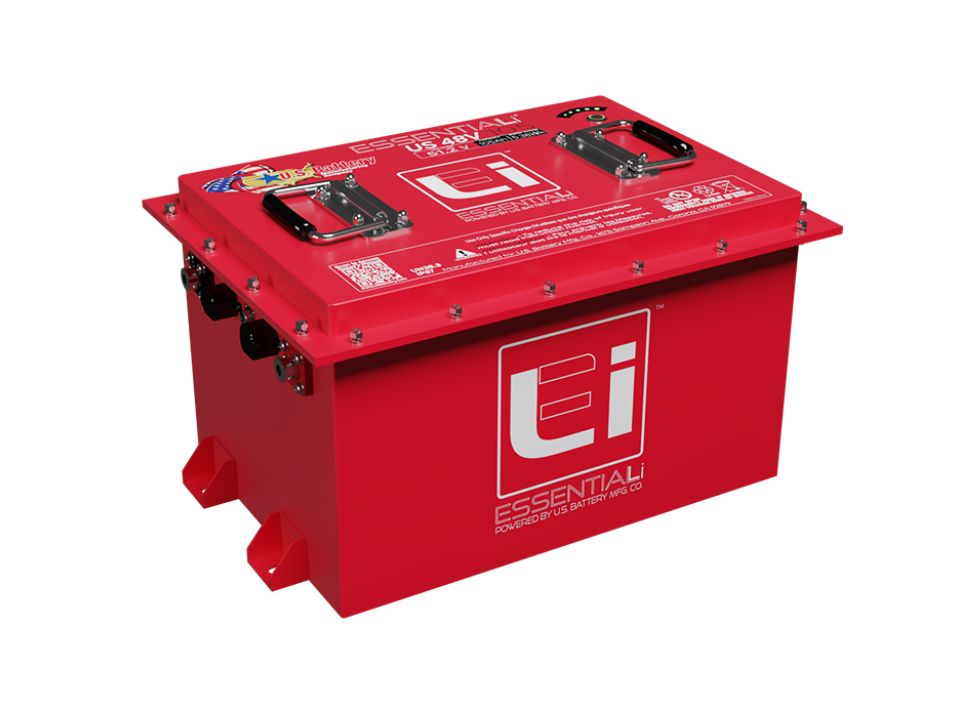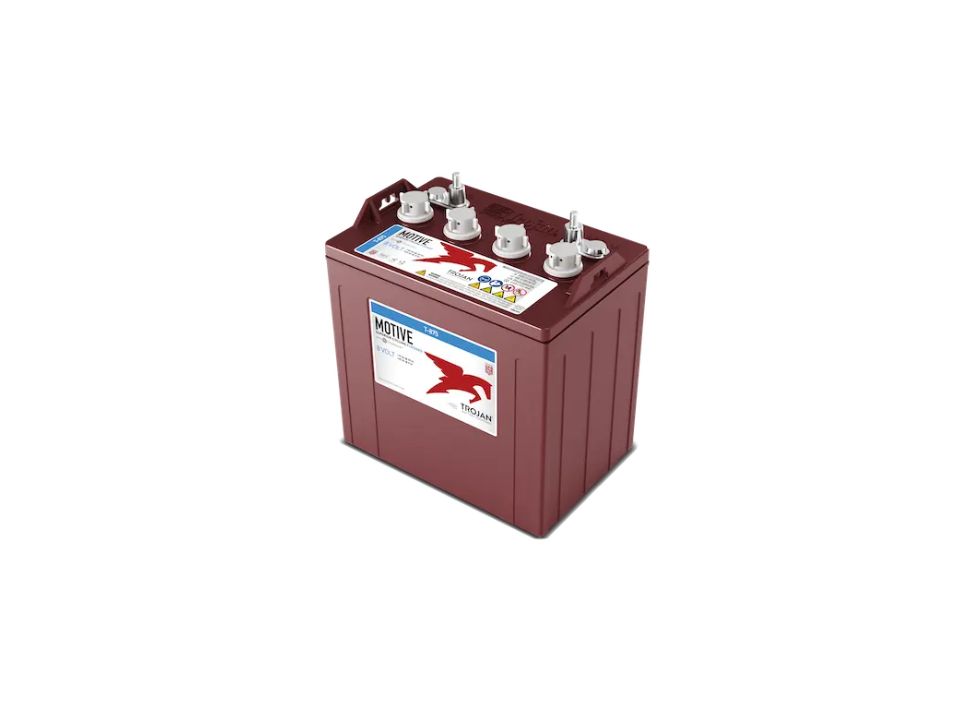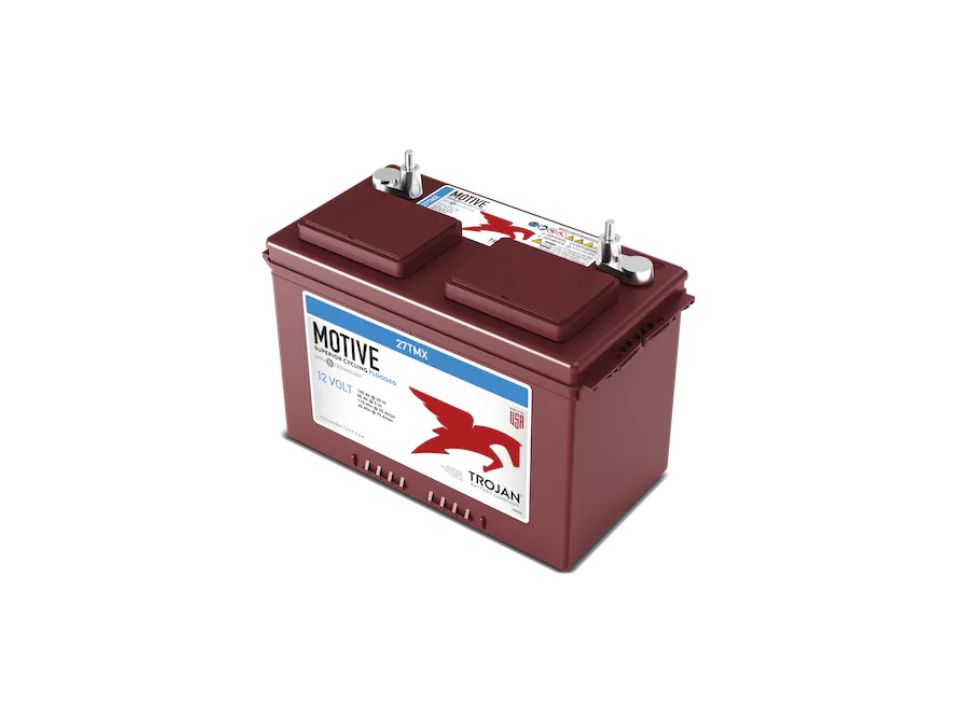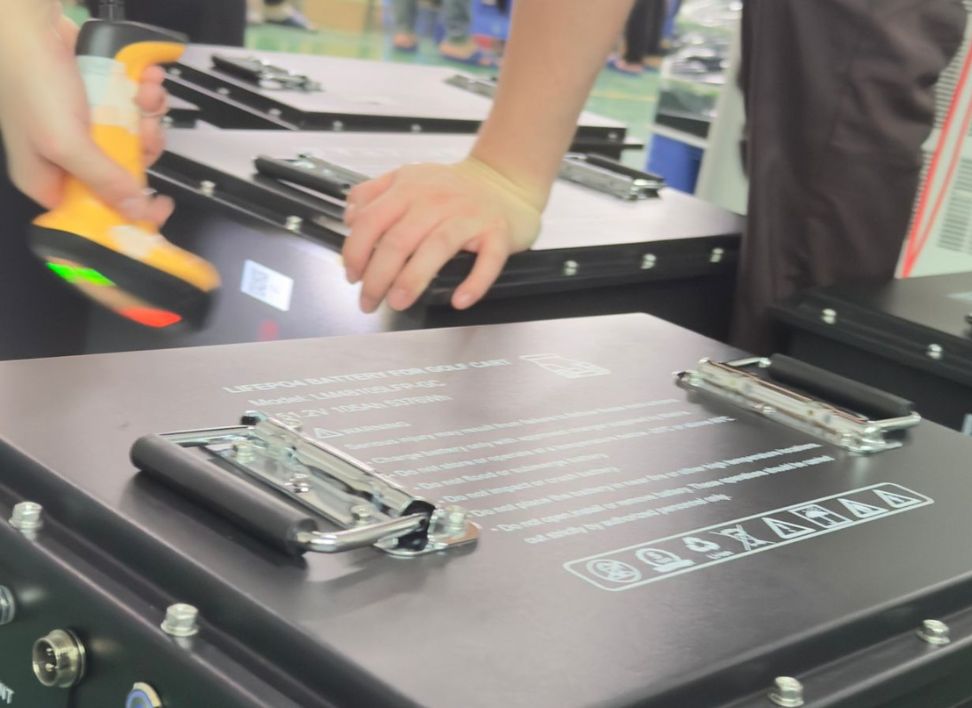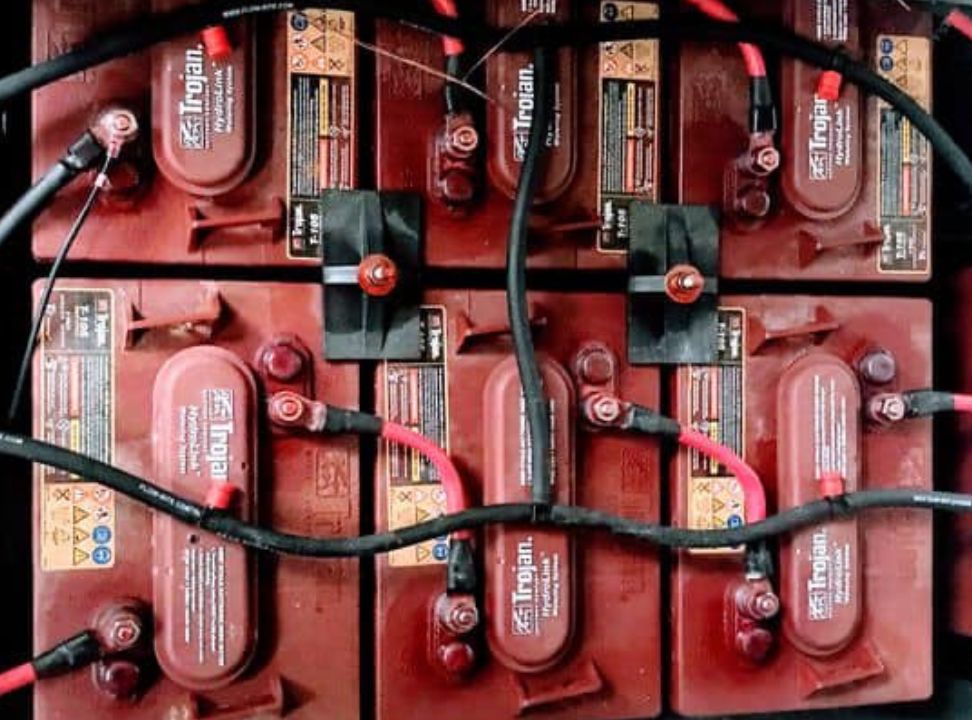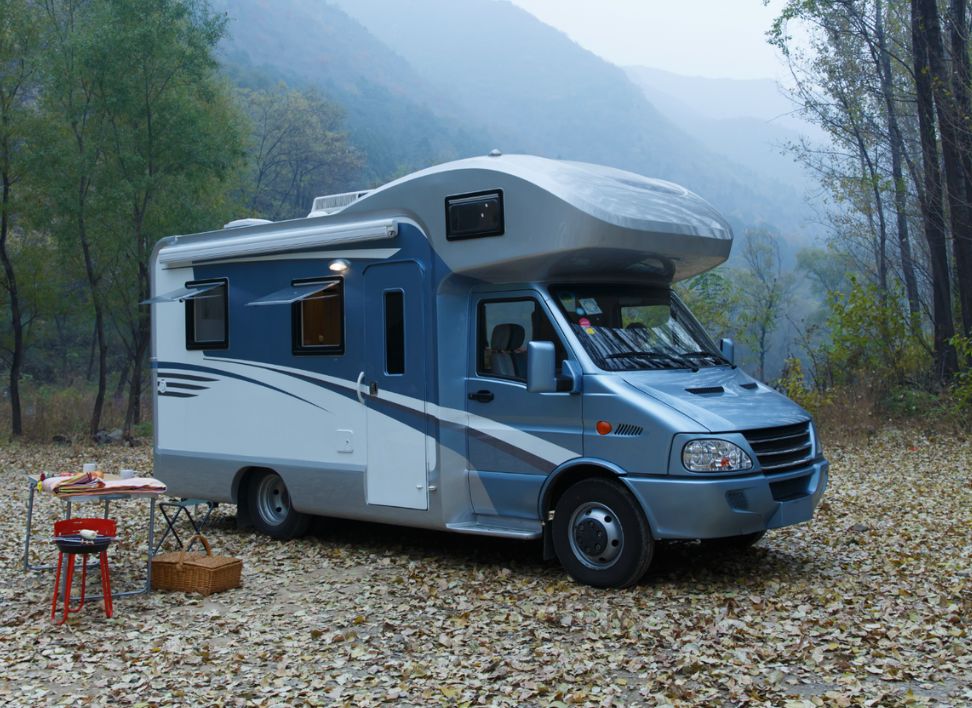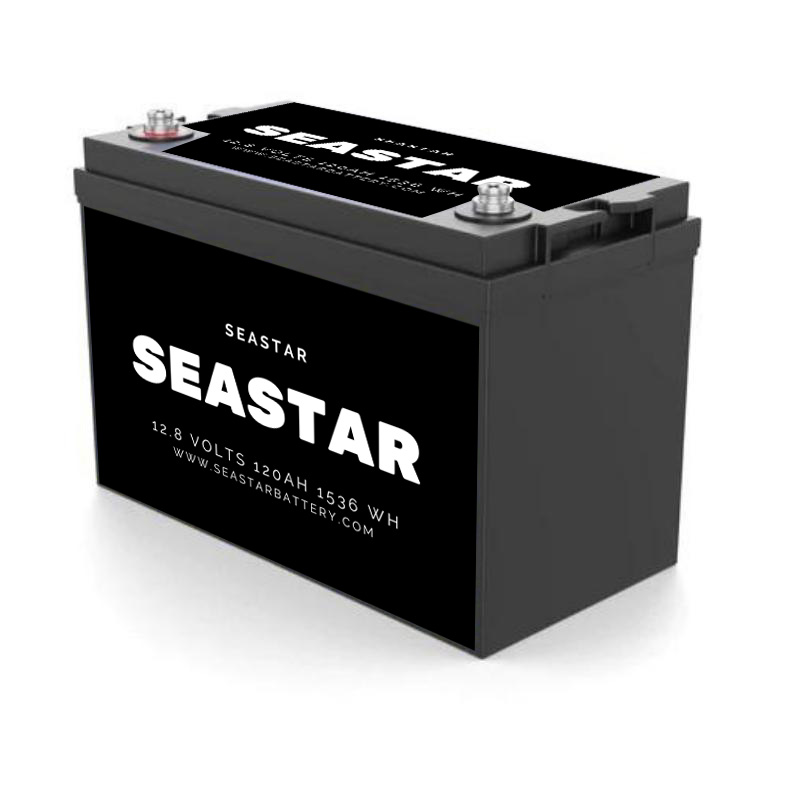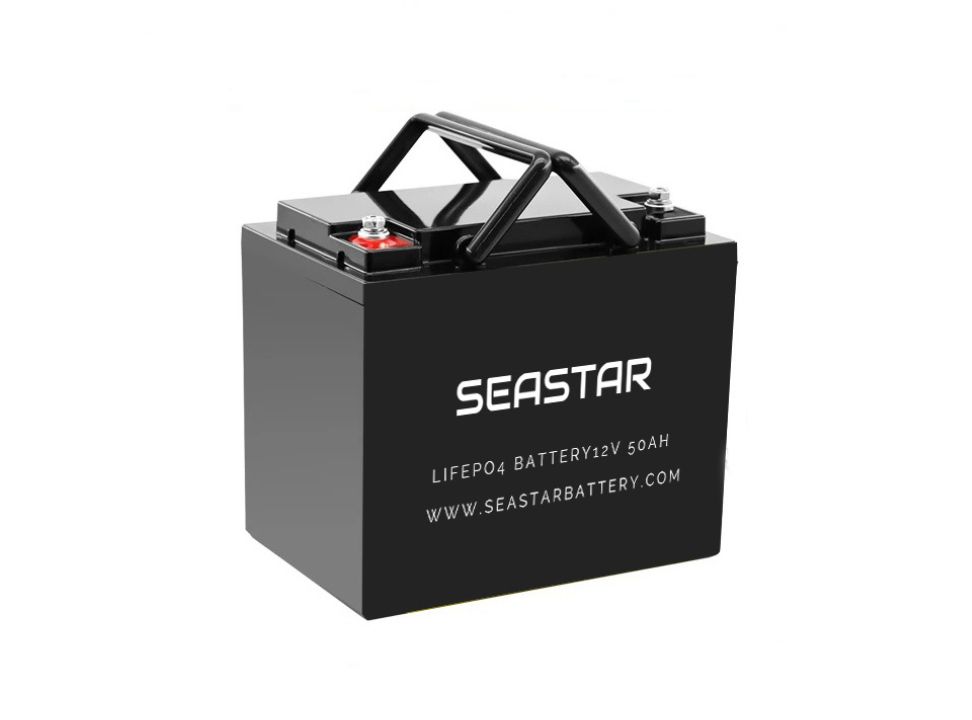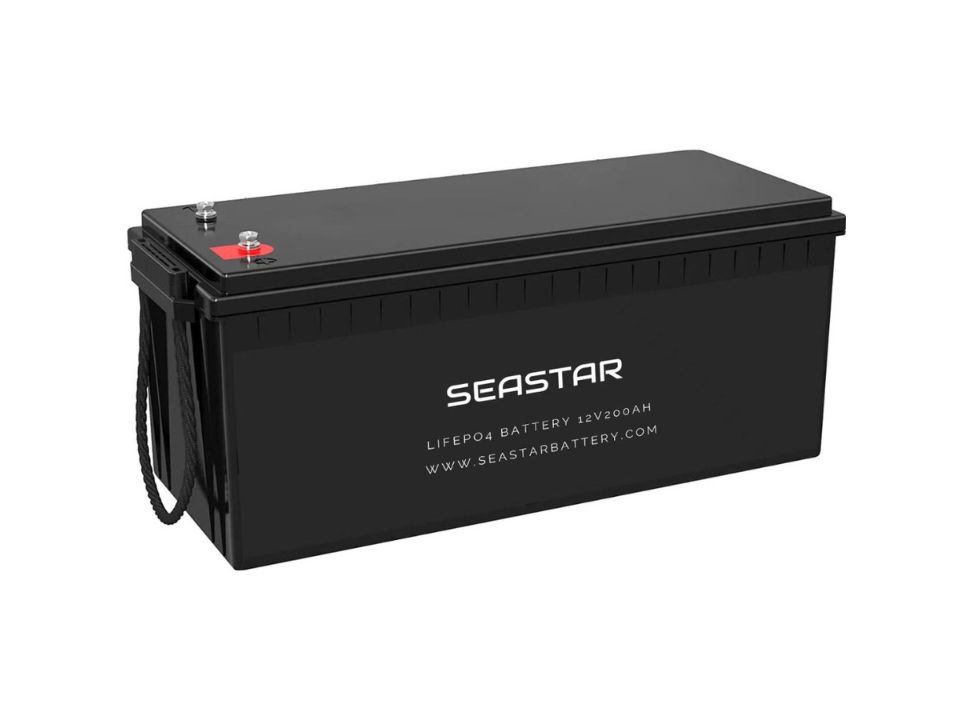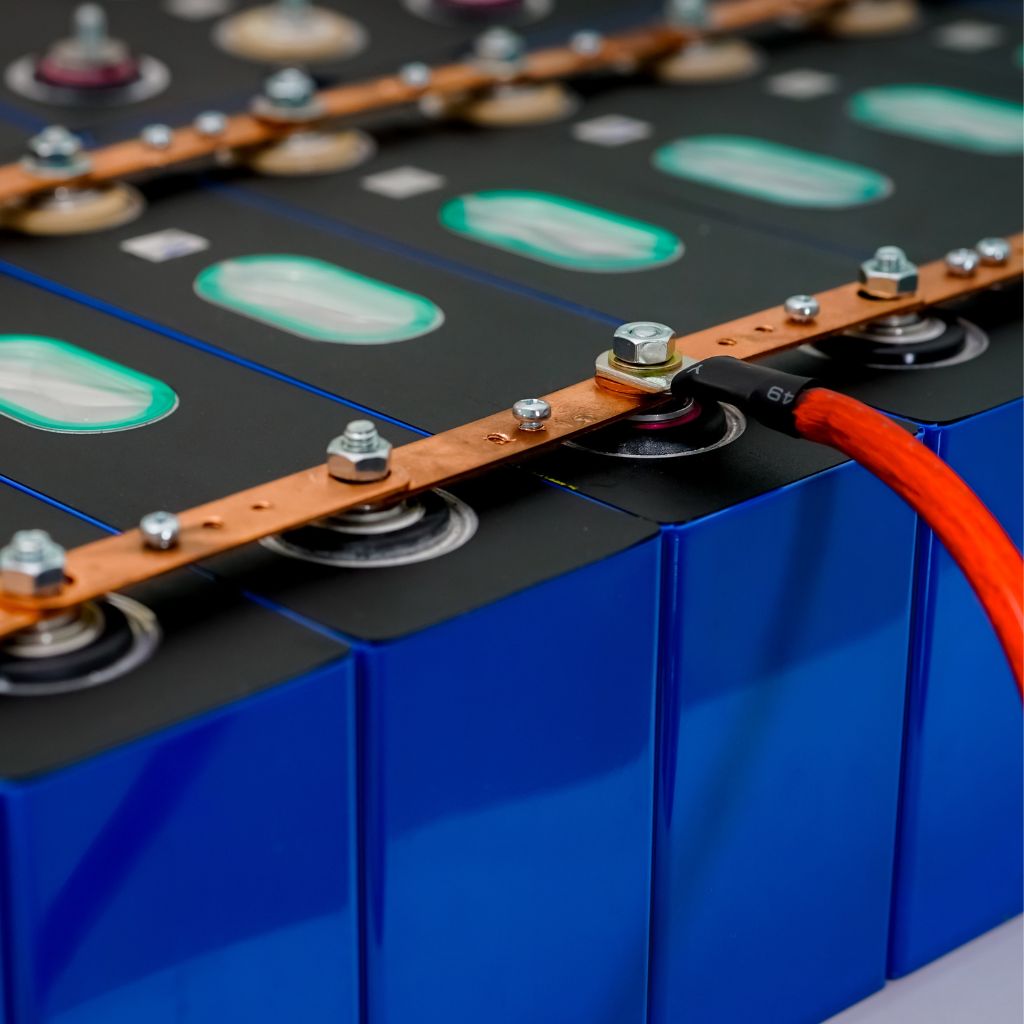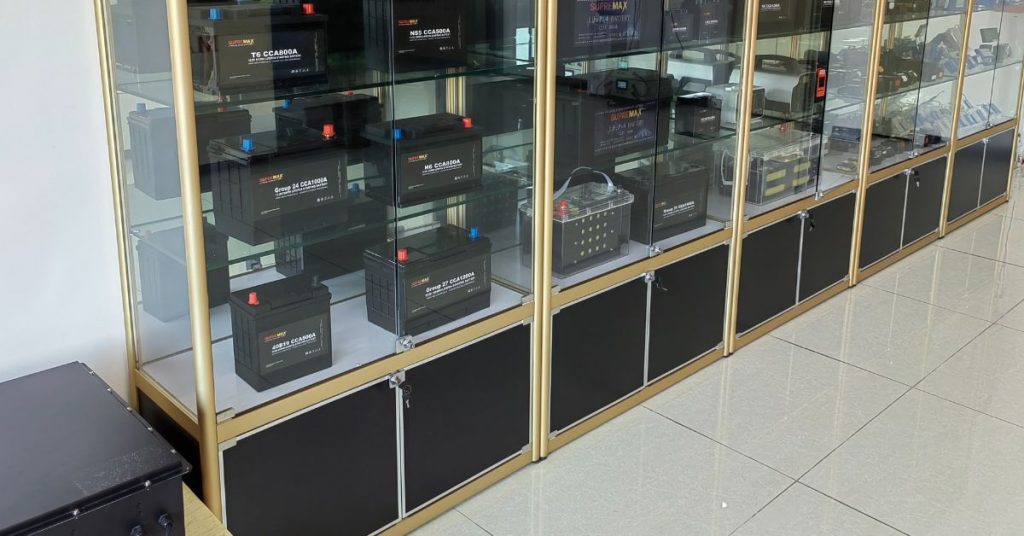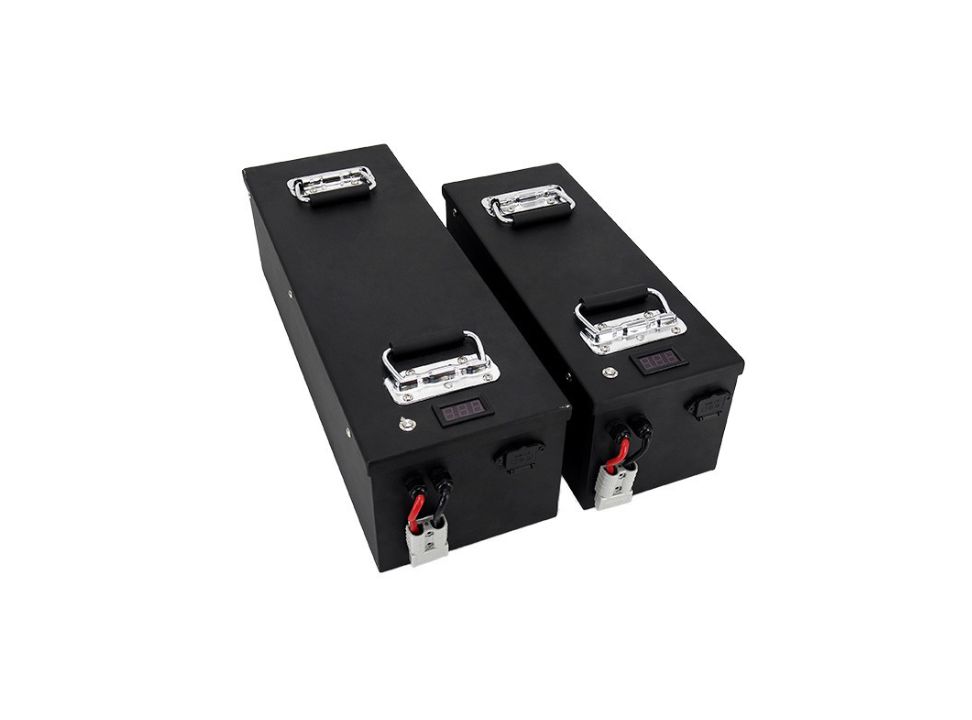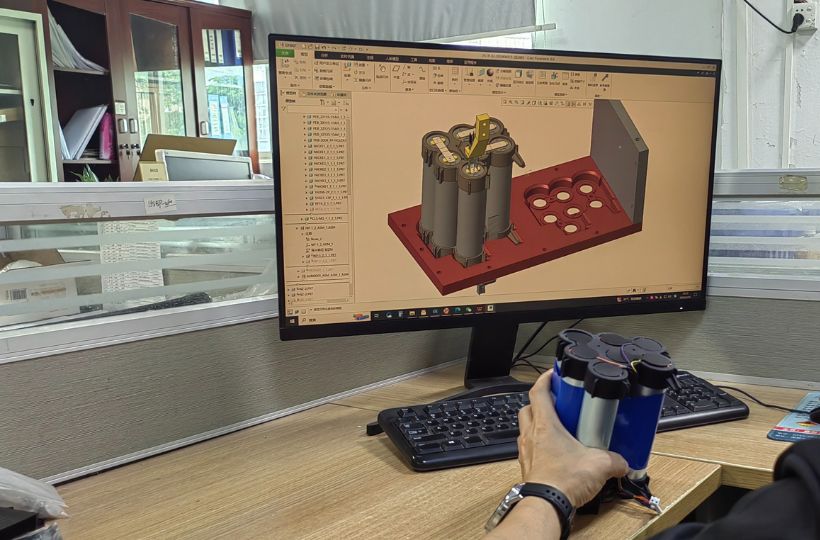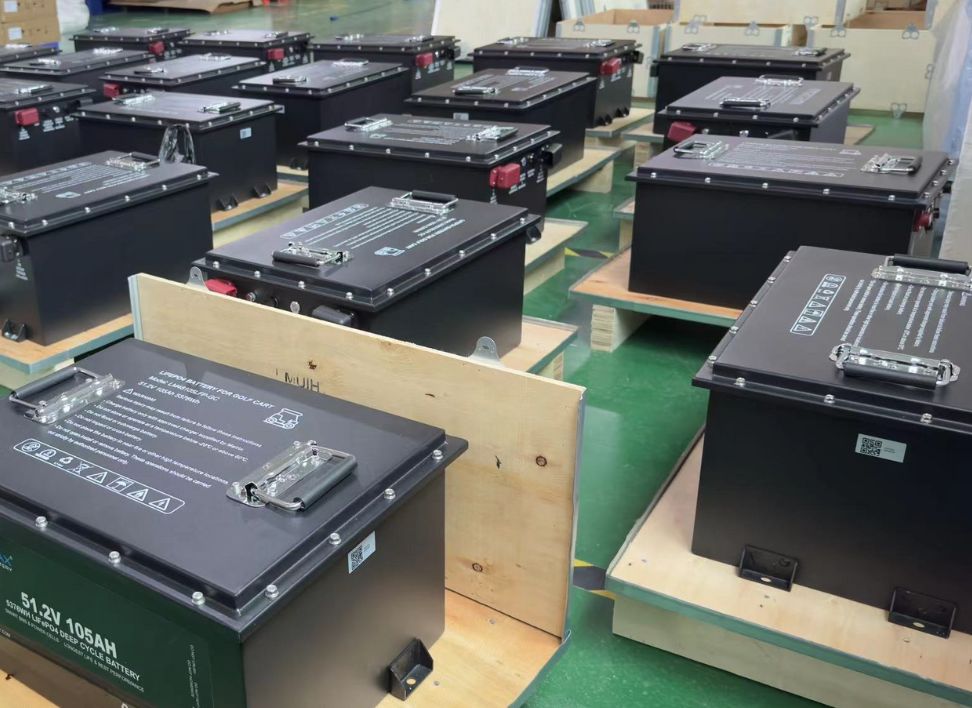Reliable Lithium Battery Suppliers in the UAE: Powering the Future of Energy Solutions
As global demand for high-performance lithium batteries continues to rise, especially in the Middle East and Gulf region, the need for reliable suppliers has never been more critical.
The UAE, with its strategic location and robust trade infrastructure, is emerging as a key hub for exporting lithium battery solutions.
At Seastar Battery, we are proud to provide high-quality lithium batteries designed to meet the energy needs of distributors and retailers across the region.
Table of Contents
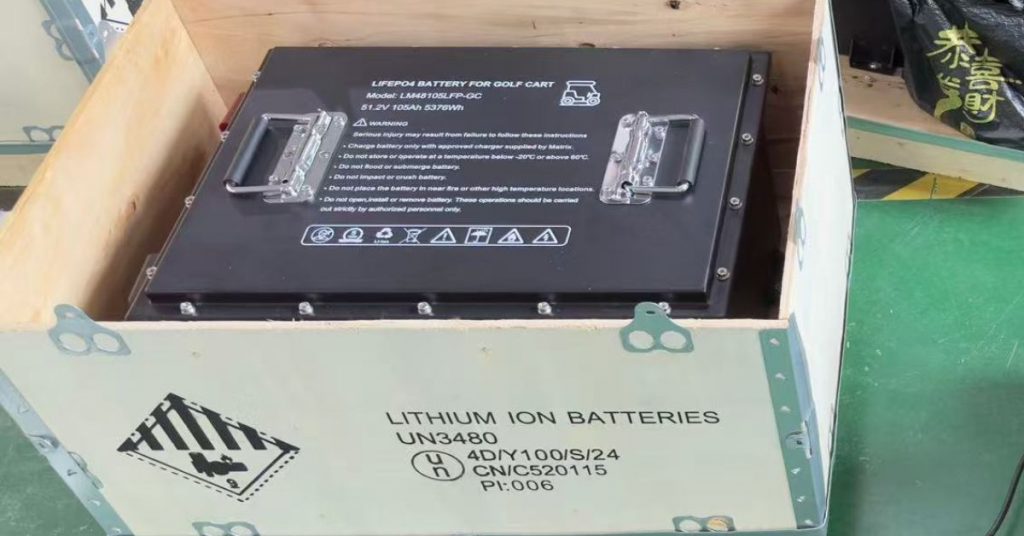
Why the UAE is the Ideal Location for Sourcing Lithium Batteries
The UAE has rapidly become a central player in the global lithium battery market. Its strategic position connects businesses to key markets in the Middle East, Africa, and Asia. Additionally,
The UAE’s commitment to innovation and sustainability makes it a natural choice for sourcing advanced energy solutions like lithium batteries.
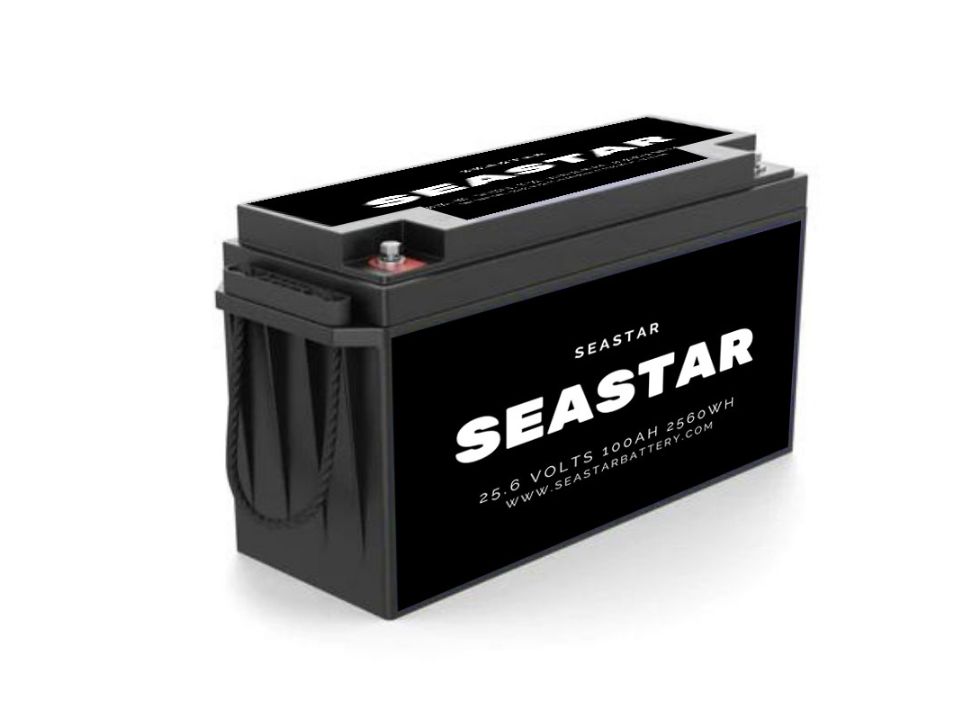
Global Lithium Battery Suppliers: What Sets Seastar Battery Apart
Seastar Battery is a leading manufacturer of lithium-ion batteries, providing cutting-edge energy solutions for a variety of industries, including electric vehicles, solar power systems, and more.
With years of expertise in battery technology and a commitment to quality, Seastar Battery offers:
- High-Performance Batteries: Our lithium batteries are designed to provide long-lasting power with exceptional efficiency.
- Custom Solutions: We work closely with distributors to offer tailored solutions that meet specific market demands.
- Competitive Pricing: With direct manufacturing capabilities in China, Seastar Battery ensures competitive pricing without compromising on quality.
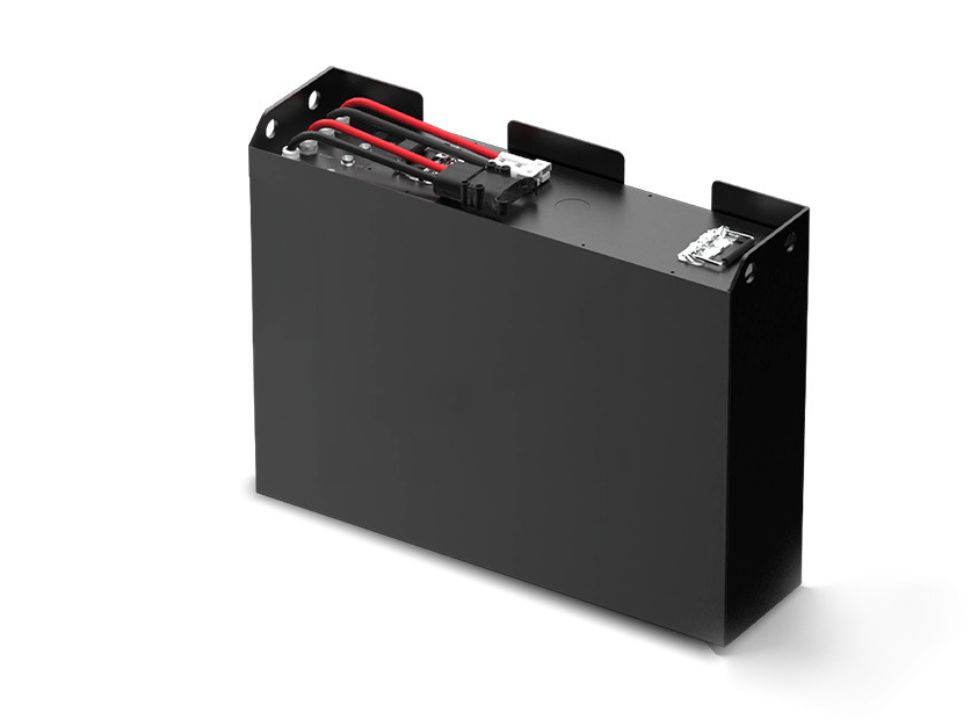
The Growing Demand for Lithium Batteries in the Middle East and Gulf Region
The Middle East, particularly the UAE, is seeing a surge in demand for lithium batteries driven by several factors:
- Renewable Energy Growth: With increasing investments in solar and wind energy, the demand for efficient energy storage solutions is on the rise.
- Electric Vehicle Adoption: As more countries in the Gulf region move towards electric vehicles (EVs), the need for high-performance lithium batteries has grown exponentially.
- Sustainability Initiatives: The UAE’s focus on reducing carbon emissions is encouraging the adoption of clean energy solutions, further driving the need for lithium-ion batteries.
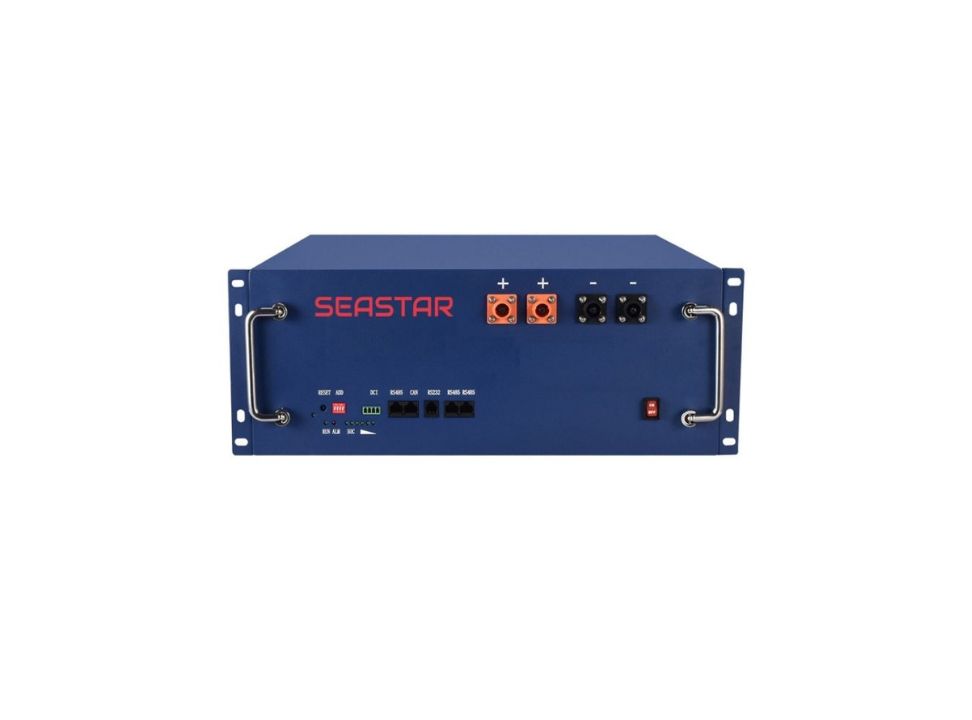
How Seastar Battery Can Help Distributors and Retailers
Whether you’re a distributor looking to stock high-quality lithium batteries or a retailer seeking reliable products for your customers, Seastar Battery offers the following benefits:
- Fast and Reliable Shipping: We ensure quick delivery times to help you meet market demands without delay.
- Compliance with International Standards: Our batteries meet global safety and performance standards, ensuring peace of mind for both you and your customers.
- Expert Technical Support: Our team of experts is ready to assist you with technical inquiries and provide support for product installation and maintenance.
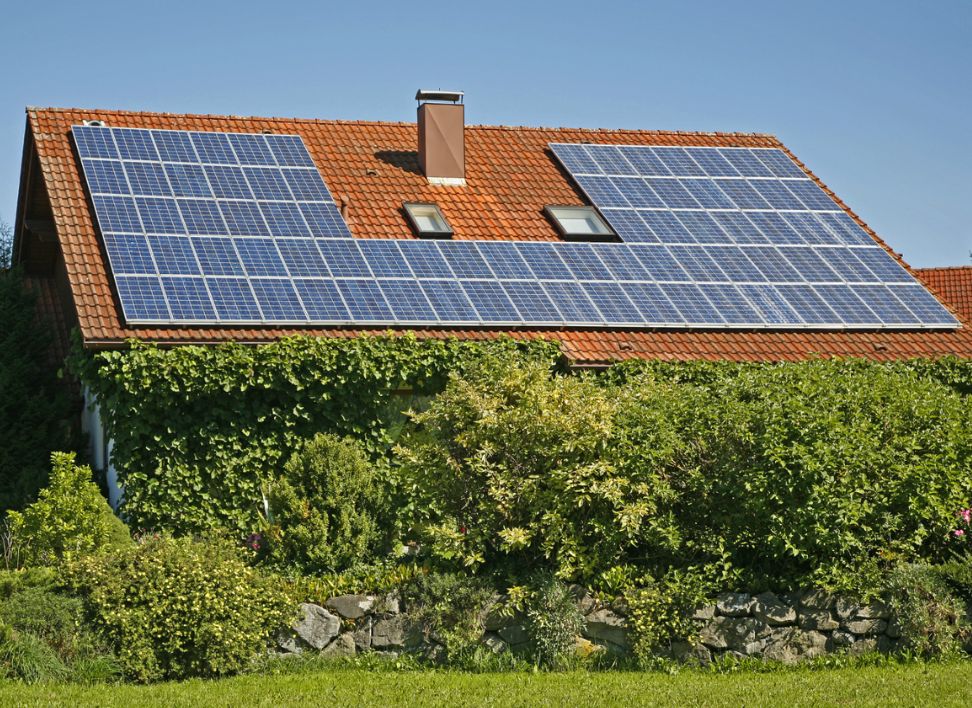
How to Get Started with Seastar Battery in the UAE
Partnering with Seastar Battery is simple. We have established a streamlined process for working with international buyers and distributors.
To get started, simply visit our website at www.seastarbattery.com, request a product catalog, and speak to our sales team about your specific requirements.
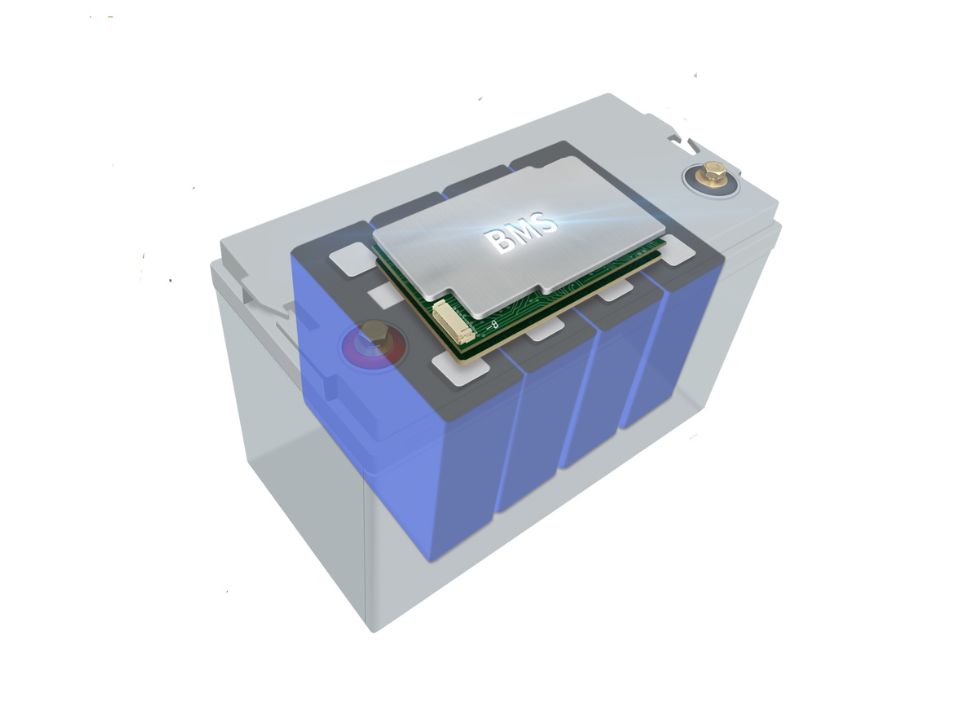
Conclusion
Seastar Battery is your trusted partner for high-performance lithium batteries in the UAE.
With a focus on quality, innovation, and customer satisfaction, we are poised to meet the growing demand for advanced energy solutions in the Middle East and Gulf region.
Contact us today to learn more about our products and how we can support your business in this dynamic market.
Reliable Lithium Battery Suppliers in the UAE: Powering the Future of Energy Solutions Read More »
